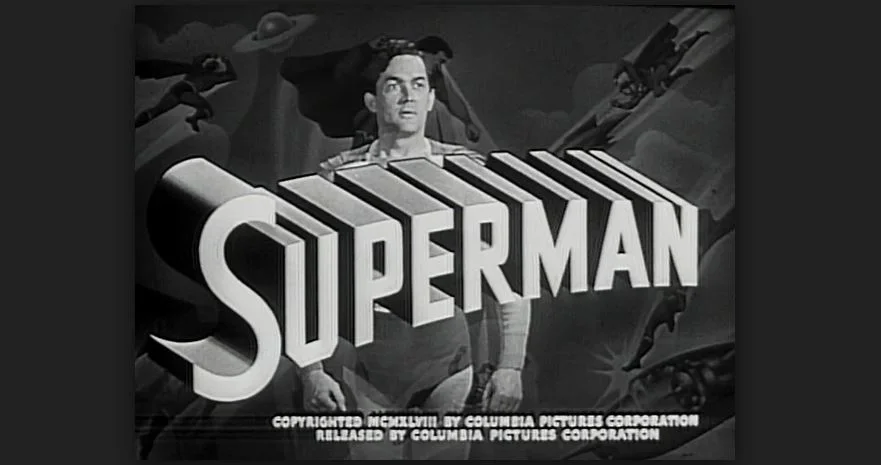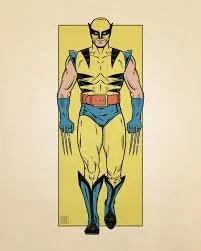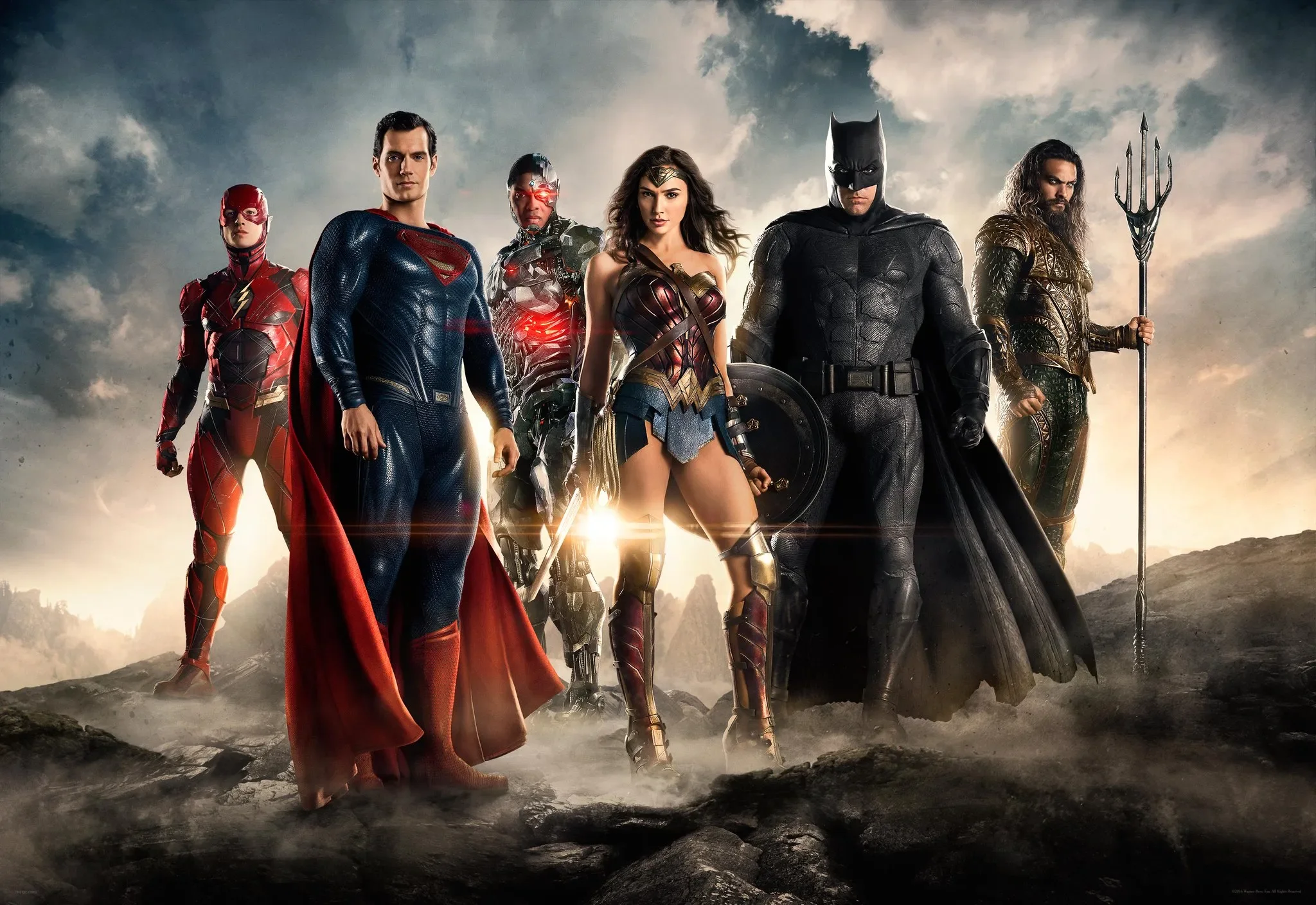“Pow!” vs “PG-13”: Violence in Superhero Comics vs Movies — Has It Been Watered Down or Cranked Up?
Superhero violence is a moving target. In print, it’s swung from censored to savage. On screen, it’s often big and explosive — yet strangely bloodless. To understand whether violence has softened or intensified, we need to compare page vs screen across history.
1. Golden & Silver Ages (1930s–1960s): Comics Go Soft, Movies Barely Exist
| Era | Comics | Movies / Serials |
|---|---|---|
| 1930s–40s | Characters like Superman (1938) and Batman (1939) kill criminals outright in their earliest issues — throwing them off roofs or crashing their cars. | 1940s Superman & Batman film serials feature far less violence than their comic counterparts — punches, yes, but no implied deaths. |
| 1954 | Comics Code Authority bans graphic violence — blood, horror, even the word “terror.” Superheroes shift to non-lethal solutions. | Hollywood heads toward Hays Code morality, also discouraging blood or cruelty, making live-action heroes even tamer than comics. |
Conclusion: Comics started more violent than movies — then both got sanitized mid-century.
2. Bronze & Dark Age (1970s–1990s): Comics Go Gritty, Movies Stay Campy
| Era | Comics | Movies / TV |
|---|---|---|
| 1970s | Comics break out of the Code: Green Lantern/Green Arrow tackles drug addiction. Wolverine debuts in 1974 as a lethal anti-hero. | Adam West’s Batman (1966–68) still says “Bam!” and “Zonk!” with zero blood. |
| 1986–87 | Watchmen and The Dark Knight Returns redefine violence as psychological, political, and brutal. | Superman (1978–87) films stay clean-cut and bloodless; villains fall into abysses but without gore. |
| 1990s | Comics like Spawn, Punisher, Lobo, and Vertigo’s Hellblazer crank up gore and moral ambiguity. | Hollywood gives us Batman Returns (1992) which loosens up slightly, but still remains stylized and bloodless. |
Conclusion: By the 80s–90s, comics were far bloodier and more mature than film. Movies lagged a full decade behind.
3. 2000s–2010s: Movies Catch Up — But in “Sanitized” Form
| Medium | Violence Style |
|---|---|
| Comics | By now split into two lanes: all-ages superhero books vs explicit adult imprints (Punisher MAX, The Boys, Walking Dead). |
| Movies | MCU (2008–present) builds a PG-13 empire — explosions everywhere, but almost no blood or lasting injury. Bodies disappear into smoke. |
Fun Fact: A 2013 Pediatrics study found gun violence in PG-13 films tripled since 1985, often more frequent than R-rated films — but without the consequences shown. This creates “violence without weight.”
4. Today: R-Rated Movies & Streaming Finally Catch Up to Comics
| Comics | Movies / Streaming |
|---|---|
| Still more flexible — creators can go from kid-friendly Spider-Man to ultra-violent Berserk-style brutality in indie or Black Label comics. | Deadpool (2016), Logan (2017), Joker (2019), and Deadpool & Wolverine (2024) prove that R-rated superhero violence can be profitable and meaningful. Streaming shows like The Boys and Daredevil go full comic-book-level brutality. |
Conclusion: Movies finally reached comic-book-level violence — but only in the last decade, and only in select titles.
So… Which Is More Violent Today?
| Comparison | Print Comics | Movies / TV |
|---|---|---|
| Graphic Brutality | ✅ Still more explicit overall | ✅ Increasing fast, but mostly confined to R-rated or TV-MA content |
| Moral Consequences | ✅ Often deep and reflective | ❌ Frequently absent in PG-13 action films |
| Spectacle Violence (big, explosive, low consequence) | ❌ Rare | ✅ Dominant in MCU/DCEU |
| Psychological or Existential Violence | ✅ Common in mature comics | ✅ Now emerging in films like Joker, Logan |
Final Take
| Was violence watered down? | Comics | Movies |
|---|---|---|
| 1950s–70s | ✅ Censored heavily by the Comics Code | ✅ Restricted by studio morality codes |
| 1980s–2000s | ❌ Violence escalated in gritty comics | ✅ Movies remained stylized & tame |
| 2010s–present | ⚖️ Split lanes: wholesome OR truly brutal | ⚖️ PG-13 for mass, R-rated for punch |
Pros & Cons of Dialing Violence Up
| Pros | Cons |
|---|---|
| Gives weight and consequence to heroism | Risk of desensitization if violence is glamorized |
| Allows adult storytelling & moral ambiguity | PG-13 “clean violence” may create false reality of harm |
| Enables genre variety (horror, noir, satire) | Can alienate younger fans if not clearly labeled |
Final Thought
Violence in comics and superhero media isn’t about the punches—it’s about the purpose. Are we exploring justice, revenge, fear, or simply flexing muscles?
As collectors, readers, and viewers, we now get to choose the lens through which we view our heroes. Whether it’s a morally conflicted vigilante in R-rated territory or an idealistic caped crusader who pulls his punches, the evolution of violence in this genre mirrors our culture’s evolving complexity.
And maybe that’s the real superpower here: storytelling that grows with us.





